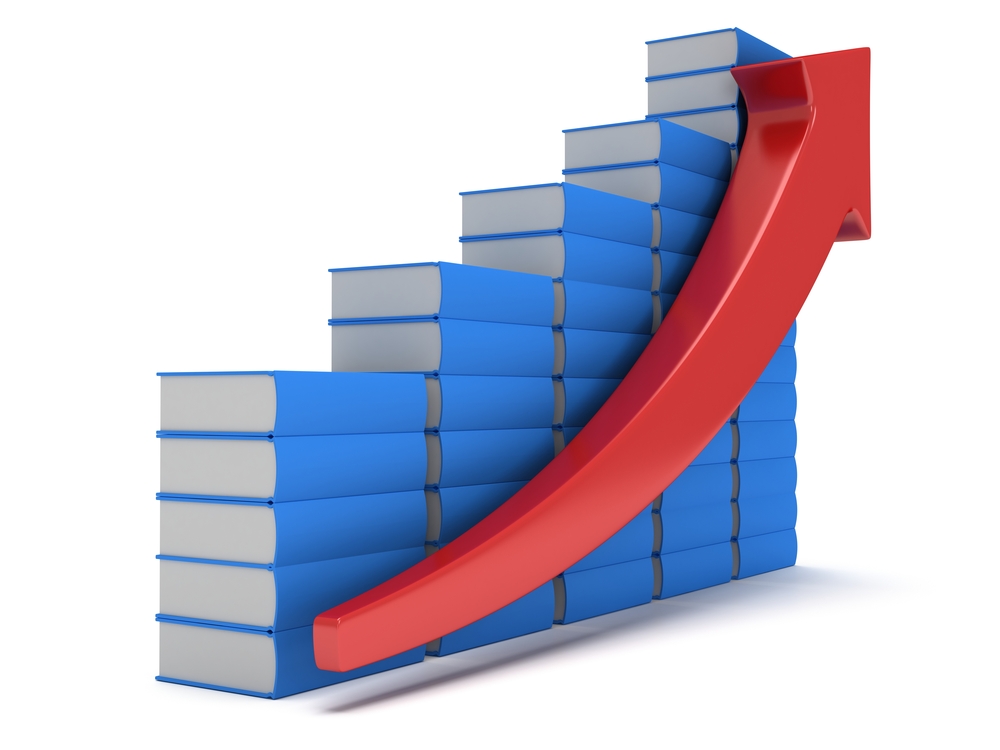Book marketing is a marathon, not a sprint. That’s a great metaphor—one that rings true for many authors who suddenly find themselves on an endless journey of book promotion. But it’s not the only sports-related metaphor that applies.
Slow and steady may win the race, but many trainers advocate high-intensity interval training (HIIT) to build fitness quickly.
Discount price promotions are the high-intensity interval training of book marketing.

To recap the sports metaphor, high-intensity interval training is doing segments of using short bursts of intense activity, combined with spells of lower or medium-intensity work. Experts say that interval training a faster way to build fitness than simply trudging at a moderate pace for 30 minute son a treadmill a few times a week.
The periods of intense work create unseen, metabolic shifts in fat burning, insulin resistance, and cardiovascular fitness. The follow-on, unseen benefits are the real payoff.
In book marketing, running a discount book promotion is like doing a quick sprint in book sales. You focus your efforts in a week or less and discount the price so you can be “all-out” on book sales.
Like the sprinter, you cover more distance during those short bursts—in this case, selling more books. But the real benefits come from the lasting effects of those short-term sales.
Defining Success
Most people evaluate the success of a book promotion based on how many books it sold and whether it paid for itself. The financial issues are usually top of mind:
- How many books did you sell?
- Did you earn more in royalties than you spent on promotion?
- Did you earn at least as much as you would get from baseline, full-price sales?
Focusing on the direct Return on Investment disregards those hidden benefits, like the metabolic magic of high-intensity interval workouts.
The long-term success of your promotion will take more time to measure. You need to ask questions like,
- Did the promotion reach the right people—those who will appreciate the book?
- Will people who bought it actually read it?
- Will they review it and/or recommend it to others?
Those questions are harder to answer. You may not know for a while. But that’s where the real magic of book promotions kicks in.
The “Metabolic” Benefits of Discount Book Promotions

What happens when you get the book into the hands of hundreds, or possibly thousands, of people who are your target readers?
Let’s look at some of these unseen benefits:
- If you managed the promotion to appeal to the Amazon algorithms, your book may continue selling at an elevated rate or some time after the price resets. That’s like fat-burning that keeps happening after you stop exercising—a lovely bonus!
- Over time, more people will leave reviews for your book, which then helps it find even more new readers.
- Getting the book into the hands of its ideal audience results in more recommendations, more positive reviews on other platforms, a growing email list for you, and more.
Adjust Your Workout for Your Fitness Level
Back to that sports analogy: If you haven’t gotten off the couch for a year, your “high-intensity” sprint might be much slower than someone who has been training. There’s a reason that gyms keep telling you to “consult your physician.”
The same thing is true for book discounts. Starting too aggressively isn’t hazardous to your health, but your results will depend in part on your existing platform, your budget, and your book. You may not hit it out of the park on your first attempt.
The good news is that you can start small. Experiment with setting the price down for five days and sending the right readers to the promotion. Once you’ve done that, you can try a bigger promotion—perhaps investing in a book promotion website or running a few ads alongside your other efforts.
The end game isn’t just book sales—it’s building your book’s overall readership and audience. And that will help to sustain all the books that you write.
For More on Book Promotions
If you’re interested in trying this approach to building your audience, check out my book marketing webinar. Watch the replay for $25.
